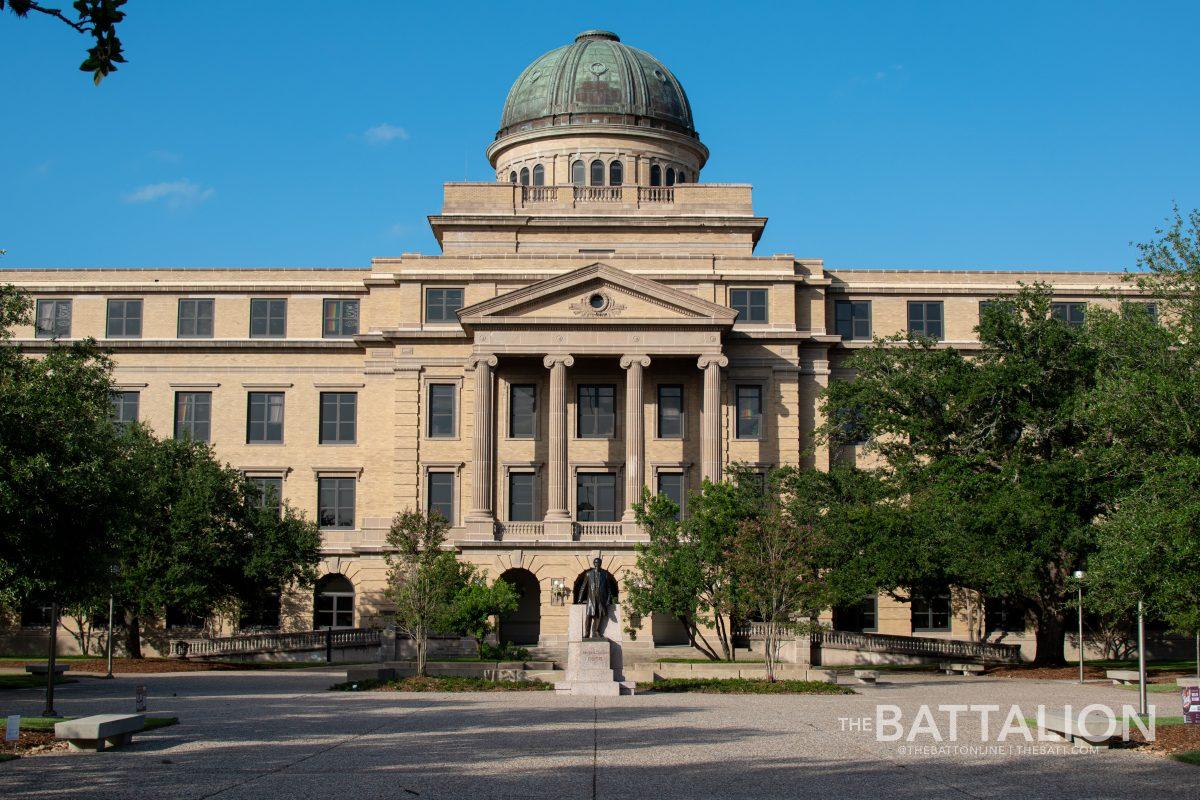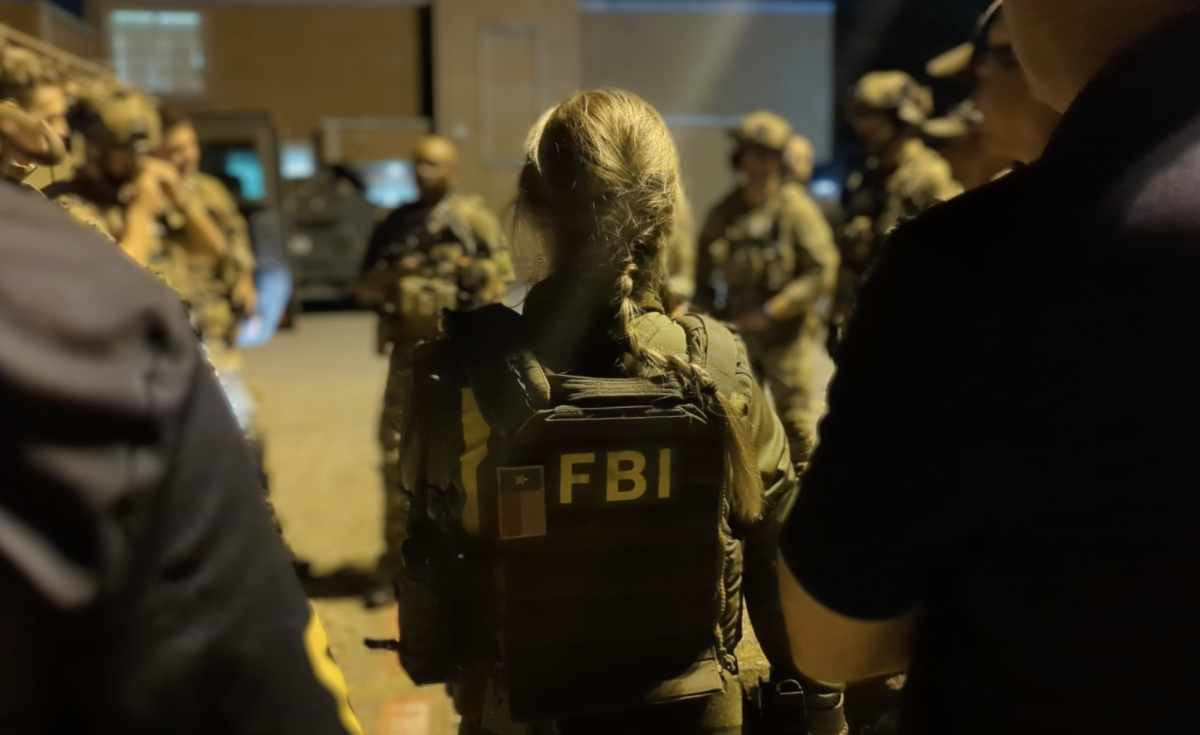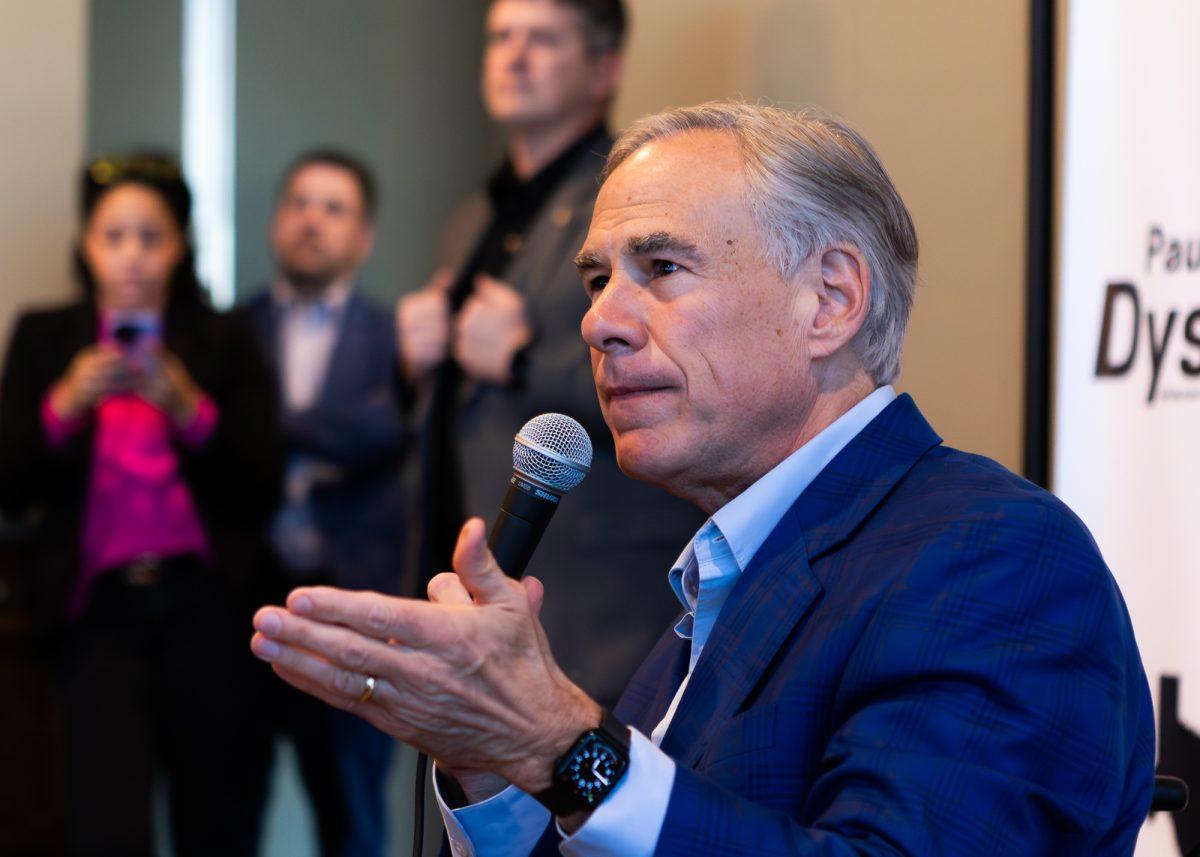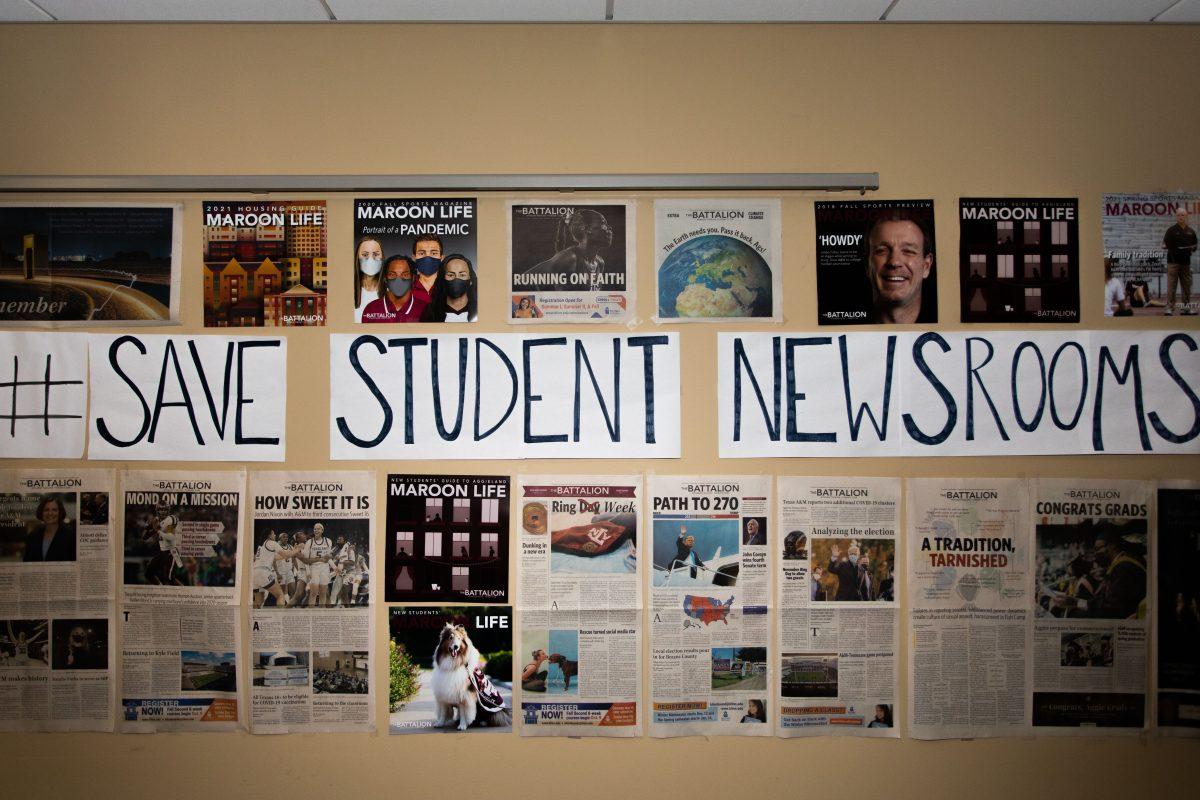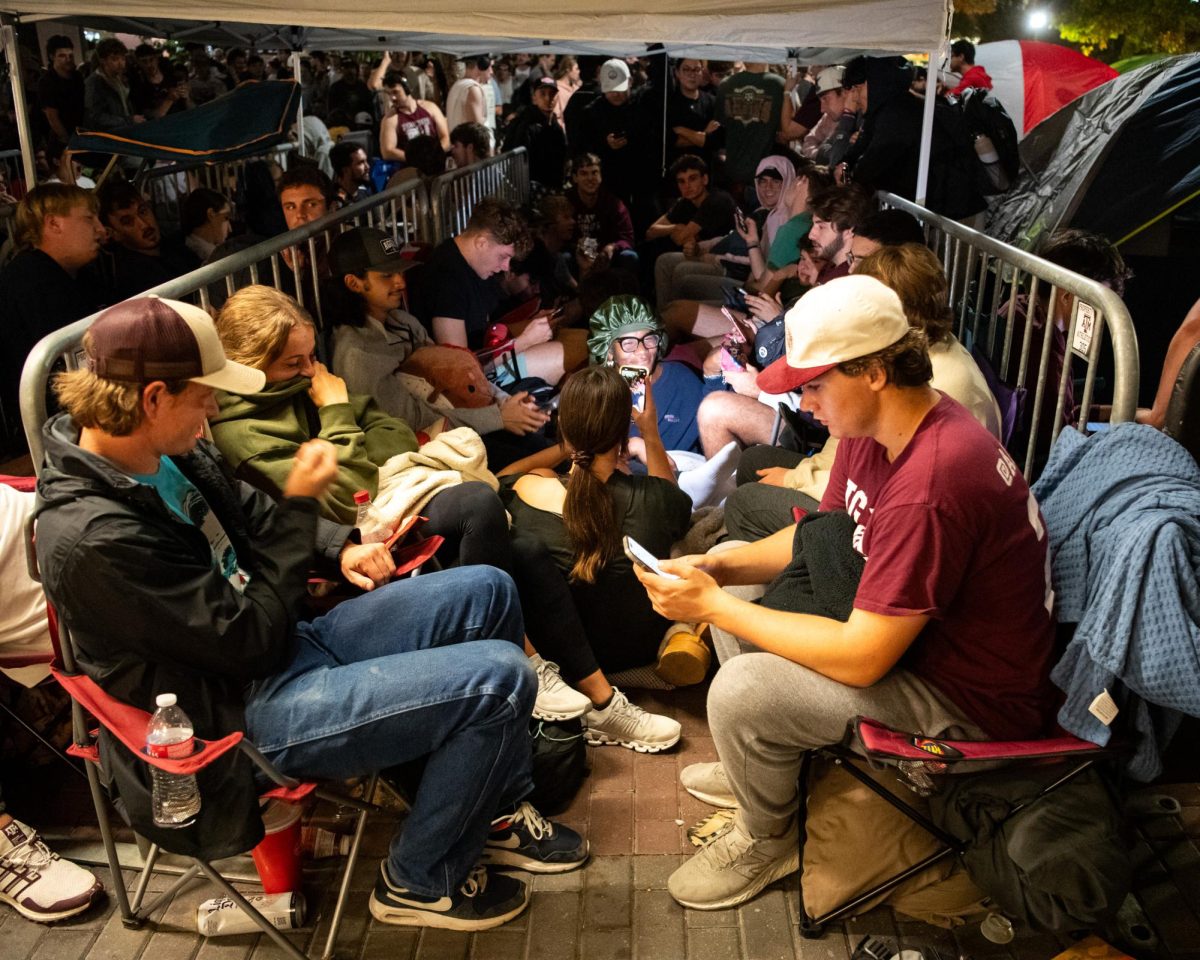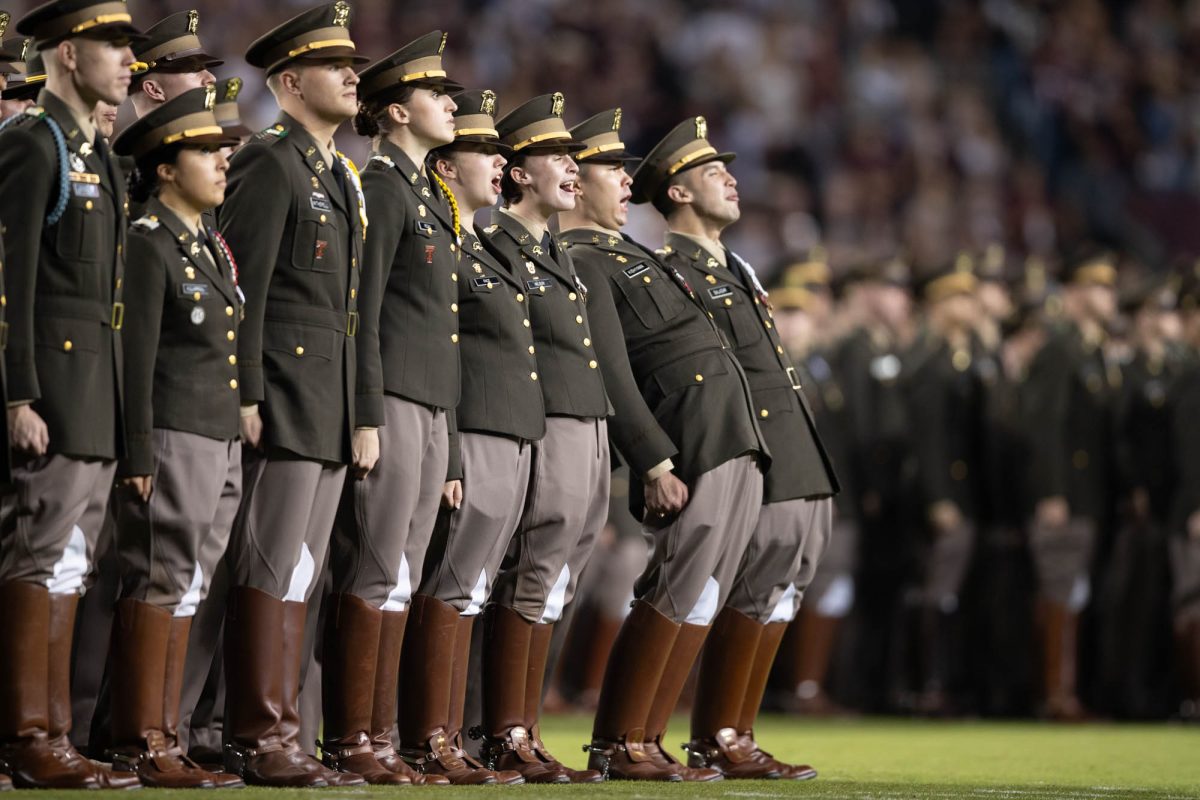Amid discussions of next year’s operating budget and new administrative appointments, no time was formally allotted to assess Texas A&M’s COVID-19 response at the Aug. 26 meeting of the Texas A&M System’s Board of Regents.
The board approved a new $9.6 billion operating budget for the 2022 fiscal year, as well as $551.5 million in new capital improvement projects and the advancement of two new members of leadership — a finalist for the directorship of the Veterinary Medical Diagnostic Laboratory, Dr. Amy Swinford, and a new interim vice chancellor for research at the A&M System, Dr. Y.A. “Joe” Elabd.
Chief Operations Officer Greg Hartman commented on new campus guidances and the state of the pandemic in Brazos County.
“I think we’re doing everything we can given the guidance from the governor,” Hartman said. “As of yesterday we’ve done over 3,000 tests, and so far the positivity rate has been about what we’ve expected.”
Amid Gov. Greg Abbot’s ongoing legal challenges against banning mask mandates and new executive orders preventing vaccination mandates, A&M will continue mandatory COVID-19 testing, offering vaccines through Student Health Services and requiring periods of isolation for those with verified positive test results. Unlike the 2020-2021 school year, fewer isolation rooms will be offered on campus for those who test positive, which has drawn some concern from Aggies on social media.
“[Last year] we really underutilized the amount of space that we had set aside for isolation rooms,” Hartman said. “The reality is that the overwhelming number of students went home or went somewhere off campus.”
Students with no off-campus isolation alternative can be helped through Residence Life, Hartman said.
“If it’s not possible for someone to [isolate off campus] we’ll do everything we can to accommodate them,” Hartman said. “But the large number of set-asides just didn’t make sense.”
New guidance from interim Provost and Vice President Mark Weichold also indicates that a COVID-19-positive student will need to request for an excused absence for their period of self-isolation — pursuant to Student Rule 7 — if they cannot make arrangements for remote participation with faculty. The guidance also states that students exposed to someone who has tested positive or is presumed to be positive for COVID-19 should follow the existing quarantine guidelines and report the contact through the COVID-19 report form.
“Students in quarantine due to exposure should not attend in-person classes but are expected to keep up with course work in collaboration with the instructor of record,” the guidance reads. “Close contact for COVID-19 continues to be defined as being within six feet of an infected individual for a cumulative 15 minutes, with or without a mask, within a 24-hour period.”
The new processes in place for faculty and students to move learning online during isolation will be more similar to traditional, pre-pandemic solutions to illness-induced absences, Hartman said.
“It’s no different than other times students have gotten sick, students have always gotten sick,” Hartman said. “What we’re trying to do is use those traditional methods to stay involved in a class or have that option for a faculty member, so we’re actually increasing the options [that students have] had in the past.”
Just like during pre-pandemic semesters if a student had an illness such as mono or the flu, they will need to get the notes or recording for a missed class, Hartman said. However, faculty will now also have the option to send Zoom links to students who request online participation, at those professor’s discretion.
“At this time A&M will not move learning fully virtual,” Hartman said.



